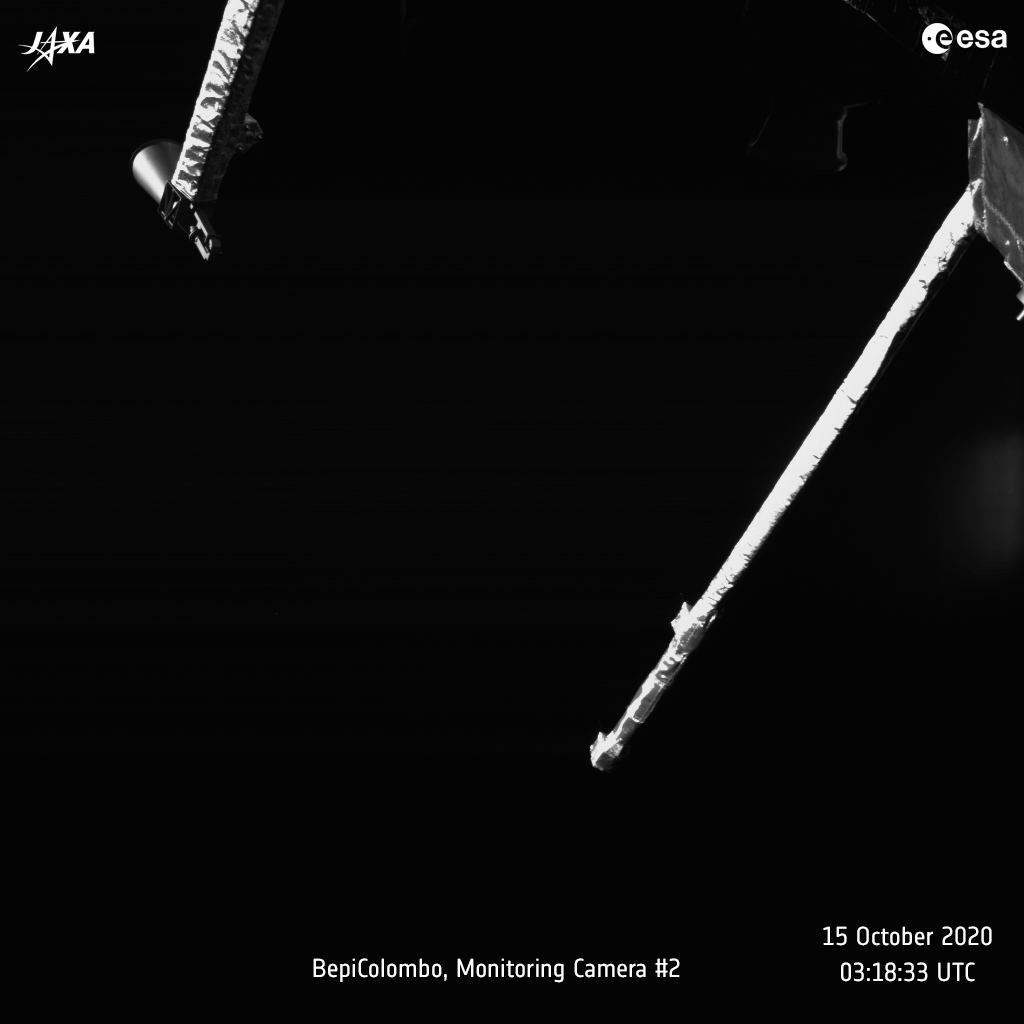BepiColombo, a Mercury-bound mission jointly run by the European Space Agency and the Japan Aerospace Exploration Agency (JAXA), is snapping up a wealth of new images and collecting some new data that may tease out new clues about the Venusian atmosphere–and whether it could be home to extraterrestrial life.
What happened: On Thursday morning, as part of a long journey to Mercury, BepiColombo made a close pass of Venus at a distance of about 6,660 miles. The flyby is meant to use Venus’s gravity as a speed-reducing force to adjust the trajectory of the spacecraft on to its eventual destination.
Hype of life: Although the flyby was planned for maneuvering purposes, it afforded scientists an opportunity for a closer look at Venus. The interest around the flyby is bigger since last month’s revelations that Venus’s clouds contain phosphine, a possible sign that there is biological activity on the planet. If the phosphine is there, then there’s a good chance it’s a result of biology, and that means life might be residing within the thick, carbon-rich atmosphere. However, it’s also possible those traces of phosphine might be the result of exotic natural chemistry not found on Earth. Still cool, but not aliens.
What did the mission actually observe? Most of BepiColombo’s instruments are still stored away until the rendezvous with Mercury–including its primary camera. Those that are functional at the moment (10 in total) are still designed primarily for studying the atmosphere-less Mercury. But there are still some bits of data the spacecraft collected that may be useful.

ESA/BEPICOLOMBO/MTM
Two smaller cameras facing the spacecraft itself are turned on, and they managed to take several photos of Venus (obscured a bit by the probe’s magnetometer and antenna). An onboard spectrometer (which measures emissions of electromagnetic wavelengths to unravel the chemistry of other objects) took over 100,000 spectral images of the Venusian atmosphere. Other instruments studied the planet’s temperature and density as well as its magnetic environment and how it interacts with solar winds.
Don’t hold your breath: It’s unlikely that the spectrometer and other activated instruments were able to study phosphine molecules on Venus during this flyby. But they might be able to hint at the presence of other biosignatures that could bolster evidence for possible life on Venus.
Moreover, this first flyby of Venus could be thought of as a practice run for a second one BepiColombo will make in August 2021. Now that the mission team has a better sense of how to better calibrate these instruments to study Venus more closely, they’ll have a better opportunity to do some better data collection next year, when the distance will shrink down to just 340 miles. The chances of detecting phosphine on that flyby are still slim, but not zero. And traces of other biosignatures could be spotted too.
And what about Mercury? The mission will make its first flyby of Mercury the following October. The three separate spacecraft that make up BepiColombo will separate completely when the mission enters Mercury’s orbit in 2025.


